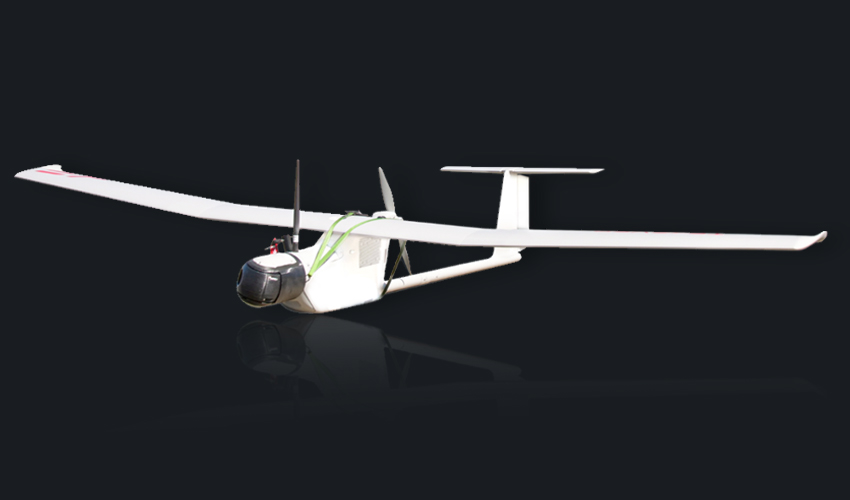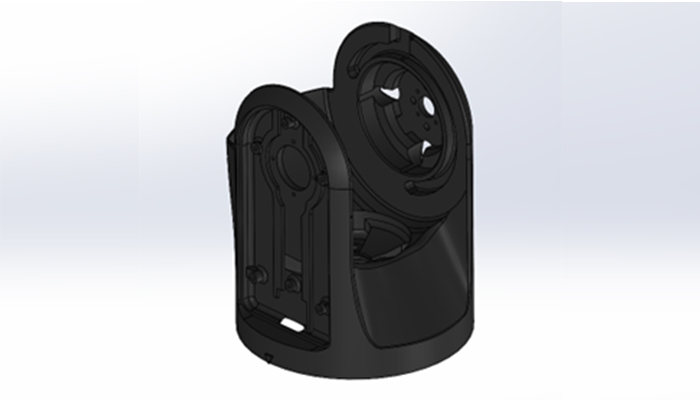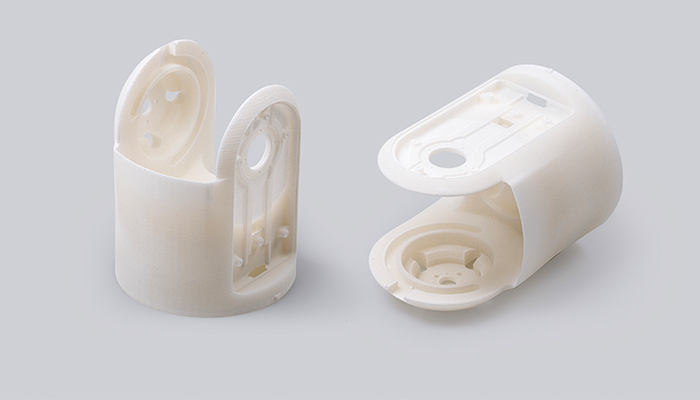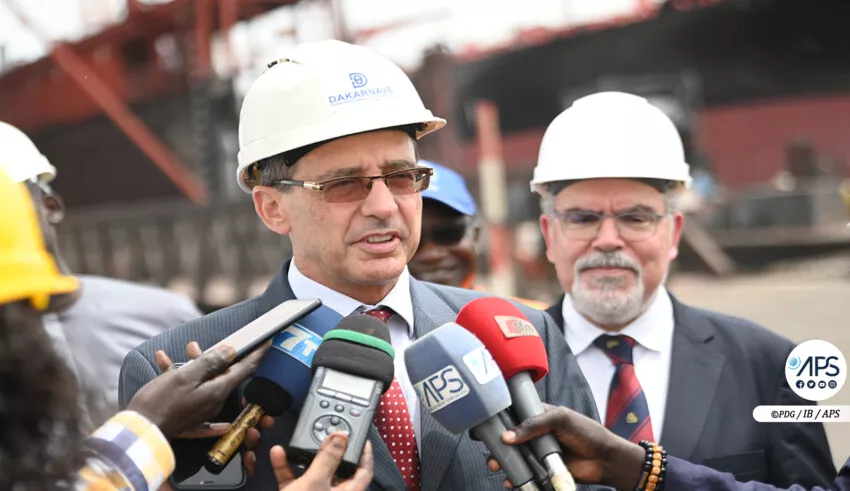
TEKEVER is a Portuguese company that designs and manufactures Drone Maritime surveillance of the defense and security sectors. Since 2001 it has been developing Unmanned Aerial Systems (UAS), more specifically offering a range of three products, the AR3, AR4 and AR5. The thing that particularly interests us is the AR4 because it has a 3D-printed component on file SLS machine From XYZprinting. By relying on the MfgPro230 xS 3D printer, the company was able to design the turret structure of its drone by reducing costs and deadlines while respecting mechanical requirements and part properties.
The development of drones has a certain number of limitations: its components must already be solid and shock-resistant, but also light and rigid to ensure better performance. The use of additive manufacturing for the production of these parts makes it possible to meet these expectations – the technology has already been widely proven in the field of aviation. By using only the necessary materials and the right materials, it is able to improve the weight/strength ratio of a part while reducing manufacturing times. Anyway, this is one of the reasons why TEKEVER paid more attention to 3D technologies. She initially resorted to molten material deposition, but the process had some limitations, which prompted her to test other techniques. She finally chose a solution powder sintering From XYZprinting.

The tower’s body is 3D-engineered (Image credits: XYZprinting)
From FDM to sintering powder
TEKEVER’s goal is to evaluate the suitability of SLS in terms of surface quality and resistance. To do this, she decided to make the turret body of her AR4 drone. This is a component that has a very complex shape, with thin and thick walls, small holes and rounded edges. The company has 3D-printed it for the first time on an FDM machine, using ULTEM, a high-performance thermoplastic known for its high weight-to-strength ratio. A limitation of this process is the creation of printing supports which add higher material consumption and also affect the final quality of the part. Since sintering powder does not need support, it was a good alternative to FDM.
In addition to this limitation, we also had to keep the part lighter, improve print time, and have a waterproof part. Three criteria met thanks to the solution XYZprinting.
XYZprinting’s SLS technology meets manufacturers’ limitations
The AR4 drone is an ideal solution for military and commercial applications that require rapid mobile deployment. So the system should be as light as possible to deliver the best movement. To reduce the weight of the component, it is therefore necessary to reduce the amount of material required and thus play on the filling of the part. In an SLS, if the object has a closed geometry, vents must be added so that the unsintered powder can be vented from the inside. The company can either change the design of the part itself or use specific software to modify the geometry of the packing. In the case of TEKEVER, they added drain holes and discharged the part in order to reduce its weight.
In addition to the design of the part, it was also necessary to optimize the printing time of this part. The SLS process is ideal for this because it allows the different parts to be stacked on top of each other; In a single printing cycle, a company can thus obtain several components at the same time. The MfgPro230 xS 3D printer offers greater repeatability and a size of 230 x 230 x 230 mm, allowing for multiple duplication. For comparison, the part on an FDM 3D printer would represent about 16 hours of printing while on the MfgPro230 xS it would take 10:30. If we make 4 components on the FDM machine, we will have to multiply the printing time by 4, that is, 64 hours, while on the SLS machine we will calculate 18 hours and 15 minutes.

3D printed components (Image credits: XYZprinting)
Finally, the AR4 drone is a marine surveillance solution that regularly passes over oceans and is exposed to high levels of humidity. Therefore, its components must be waterproof. Therefore, the 3D tower body must be printed with a material with low water and moisture absorption. Specifically, XYZprinting has developed a nylon 12 that meets these limitations. sPro12w is characterized by its good chemical resistance, low moisture absorption, and excellent surface precision. So it is a preferred material for TEKEVER.
satisfying results
The MfgPro230 xS printer has proven to be an ideal choice for manufacturing AR4 drone parts. With the size of the machine and the materials used, TEKEVER teams can improve printing time and produce better quality components. The company concludes:The XYZprinting team provided excellent customer support to help us through the entire process of printing this part, from the correct selection of materials to the correct orientation to obtaining the best results, and removing any doubts that may arise.. “
If you want to know more about XYZprinting SLS 3D Printer, click over here.
What are your thoughts on using SLS technology from XYZprinting in UAV design? Feel free to share your opinion in the comments of the article. Find all our videos on our channel Youtube or follow us FB where Twitter !






